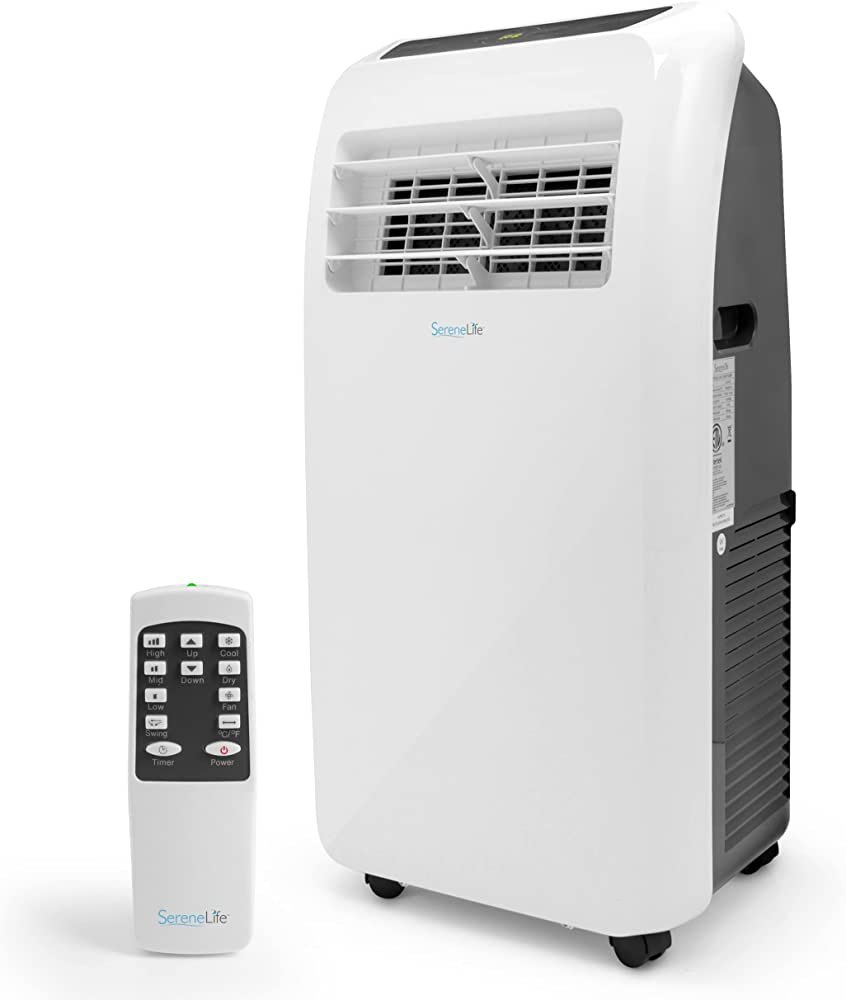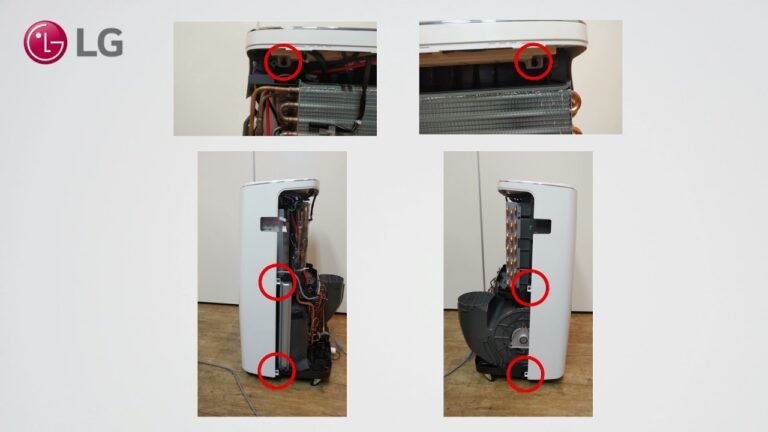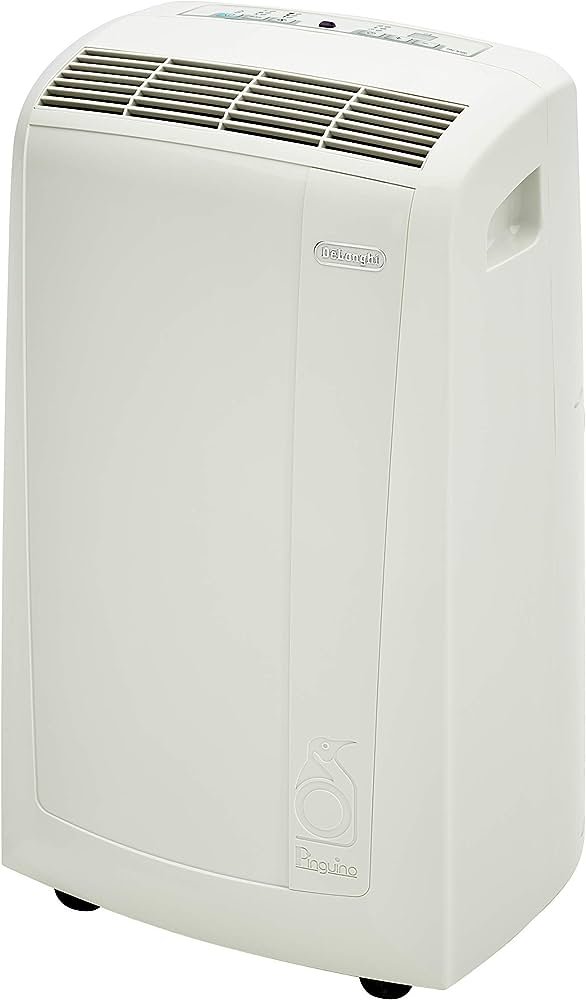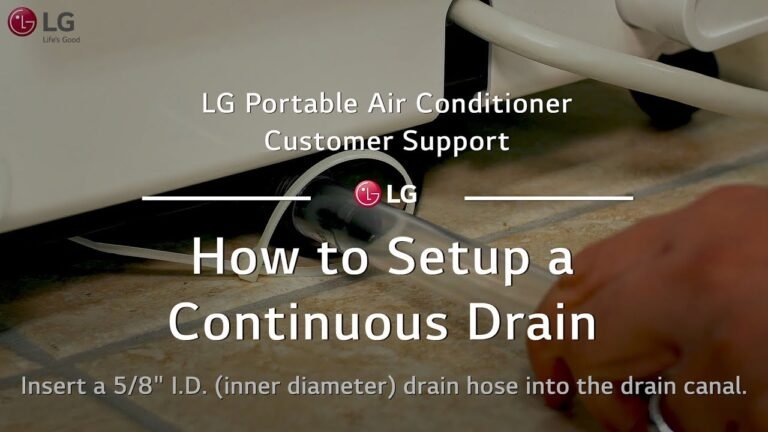Can I Vent My Portable AC into Attic? Don’t Make this Costly Mistake!
No, you should not vent your portable AC into the attic as it can lead to various issues such as moisture buildup, mold growth, and damage to the attic structure. Venting the AC unit outside ensures proper ventilation and prevents these issues from occurring.
Venting the portable AC unit into the attic can impact the overall air quality in your home and potentially cause damage to the attic space. It is always recommended to follow the manufacturer’s instructions and guidelines for proper installation and venting of your portable AC unit to ensure optimal performance and safety.
Risks Of Venting Portable Ac Into Attic
Venting a portable AC unit into the attic poses several risks. It can lead to the growth of mold and moisture issues, damage the insulation, and even compromise the structural integrity of the attic. It’s crucial to properly vent the unit outside to avoid these problems.
Venting a portable air conditioner into the attic might seem like a convenient solution to cool down your home, but it comes with several risks and potential problems. Ensuring proper ventilation is essential for the safety and efficiency of your cooling system, as well as the overall condition of your attic space.
In this section, we will explore the risks associated with venting a portable AC into the attic, including fire hazards and safety concerns, potential damage to attic insulation, and increased energy consumption and inefficiency.
Fire Hazards And Safety Concerns:
- Inadequate airflow: When a portable AC unit is vented into the attic, it can restrict the necessary airflow, leading to overheating and potential electrical hazards.
- Combustible materials: Attics often contain flammable insulation, wooden beams, and other combustible materials. If the portable AC unit malfunctions or has a faulty electrical connection, it could pose a significant fire risk.
- Overloaded circuits: Venting a portable AC into the attic may overload the electrical circuits in your home, particularly if your attic already has other electrical devices or HVAC systems connected.
- Lack of accessibility: In case of any emergency or maintenance requirement, accessing the attic can be challenging due to limited space and safety risks.
Potential Damage To Attic Insulation:
- Moisture build-up: Portable AC units produce condensation as a byproduct of the cooling process. Venting this moist air into the attic can lead to excessive humidity, potentially causing mold growth and moisture damage to the attic insulation.
- Reduced insulation effectiveness: The attic insulation is primarily designed to prevent the transfer of heat between the attic and the rest of the house. Venting the portable AC unit’s warm air into the attic can diminish the insulation’s effectiveness, leading to reduced energy efficiency.
- Increased energy consumption: When the portable AC unit’s warm air is vented into the attic, the system needs to work harder to achieve the desired cooling effect, resulting in higher energy consumption and increased utility bills.
Increased Energy Consumption And Inefficiency:
- Unregulated heat load: Attics are generally not designed to be temperature-controlled spaces. Venting the warm air from a portable AC unit into the attic may introduce an unregulated heat load, negatively impacting the overall efficiency of the unit.
- Inefficiency of temperature control: The portable AC unit’s thermostat may not accurately reflect the temperature in your living spaces if the warm air is vented into the attic. This can lead to the unit running longer than necessary, causing increased wear and tear on the system and higher energy consumption.
Considering the fire hazards, potential damage to attic insulation, and increased energy consumption and inefficiency, it is advisable to avoid venting a portable AC into the attic. Instead, explore alternative ventilation options that ensure the safety, efficiency, and longevity of your cooling system while keeping your home comfortable during hot summer days.
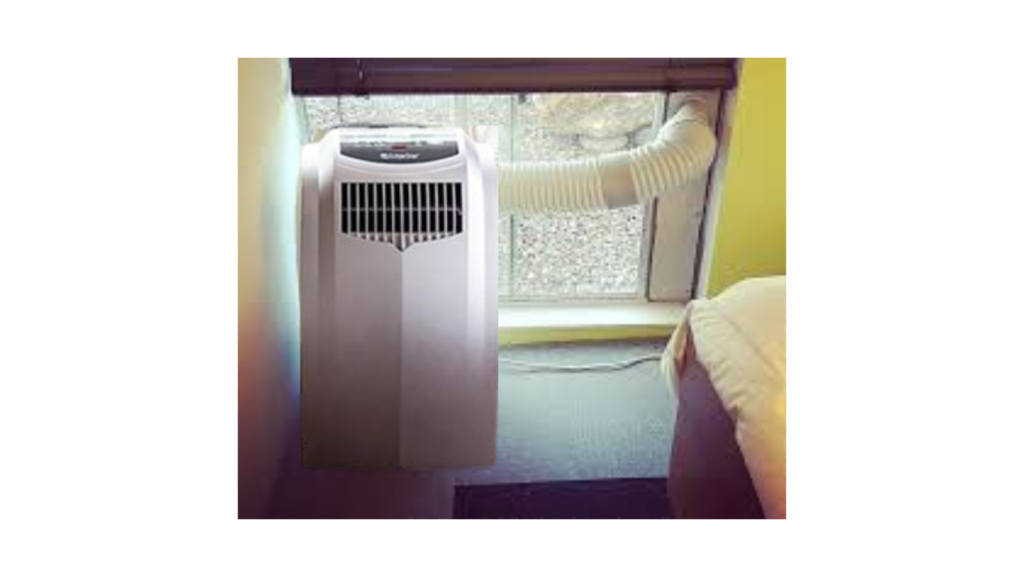
Alternatives To Venting Portable Ac Into Attic
Consider alternatives to venting a portable AC into the attic. Redirecting the hot air outside through a window, using a drop ceiling vent, or investing in a dual hose portable AC are effective options. Keep your attic properly ventilated to prevent damage and maintain optimal cooling efficiency.
Window Venting Options:
- Window venting is one of the most common alternatives to venting a portable AC into the attic. It offers a convenient and effective way to expel hot air from the room. Here are a few options to consider:
- Sliding window kit: This kit is designed to fit into a sliding window, allowing you to connect the portable AC’s exhaust hose directly to the kit. It provides a secure seal and prevents hot air from entering the room.
- Window adapter panel: This panel fits into the window frame and allows you to attach the exhaust hose to it. It provides a more stable connection and ensures proper ventilation.
- Window venting kit: Some portable AC units come with a window venting kit included. This kit usually consists of an adjustable panel and a window bracket. It offers a hassle-free solution for venting through a window.
Venting Through An Exterior Wall:
- Venting a portable AC through an exterior wall is another popular option. It provides an alternative to window venting, especially if your room doesn’t have suitable windows or if you want to preserve the view. Consider the following methods:
- Wall vent kit: This kit allows you to create a dedicated vent in the wall for your portable AC. It usually includes a vent cover, a wall sleeve, and an exhaust hose adapter. Ensure to check local building codes and guidelines before installing a wall vent.
- Through-wall installation: For a more permanent solution, you can install a through-wall unit. These units are specifically designed for wall venting and often have built-in ventilation features.
- Professional installation: If you’re unsure about installing a wall vent yourself, consider hiring a professional HVAC technician. They have the expertise to assess your space and install a proper venting system.
Using A Drop Ceiling Or False Wall For Venting:
- If you prefer a more discreet venting option, you can utilize a drop ceiling or false wall. These methods involve hiding the vent behind a surface, maintaining a clean and unobstructed aesthetic. Here are a couple of approaches:
- Drop ceiling return air vent: A drop ceiling can be modified to accommodate a return air vent for the portable AC. This allows the unit to draw in air from the room, cooling it down and then recirculating it. Ensure proper sealing and insulation to prevent air leaks.
- False wall or enclosed cabinet: By building a false wall or enclosing the portable AC in a cabinet, you can conceal the unit while still maintaining ventilation. Make sure the enclosure has proper airflow and includes vents or grilles for inlet and outlet.
Remember, choosing the right alternative to venting your portable AC into the attic depends on the layout of your room and your specific requirements. Ensure proper installation and follow manufacturer’s guidelines for optimal performance and safety.
Best Practices For Venting Portable Ac Units
Venting a portable AC unit into the attic is not recommended. It can cause moisture buildup, potential damage to the insulation, and inefficient cooling. It’s best to vent the unit outdoors through a window or dedicated exhaust vent to maintain optimal performance and prevent any problems.
Properly sealing and insulating windows during installation:
- Inspect the window frame for any gaps or cracks that could lead to air leakage.
- Use weatherstripping or caulk to seal any openings around the window frame.
- Install window insulation kits or thermal curtains to further enhance insulation.
- This will ensure that cool air from the portable AC unit stays inside your space, increasing its efficiency and reducing energy wastage.
Regular maintenance and cleaning of the AC unit:
- Clean or replace the air filters regularly to improve air quality and maximize cooling efficiency.
- Clear any dust or debris from the vents and air intake of the unit.
- Check for any obstructions in the exhaust hose or vent to ensure proper airflow.
- Keep the area around the unit clean and free from any potential blockages.
- Regular maintenance will prolong the lifespan of your portable AC unit and ensure optimal performance.
Considering professional installation for more efficient venting options:
- Professional installation can provide more efficient venting options for your portable AC unit.
- A professional can assess your space and recommend the best venting method for maximum cooling effectiveness.
- They can install a dedicated vent through a wall or window, preventing the need to vent into the attic.
- Professional installation ensures proper sealing, insulation, and safe venting practices, reducing the risk of energy loss or damage to your attic.
Remember to follow these best practices to ensure the proper venting of your portable AC unit. Properly sealing and insulating windows during installation, regular maintenance and cleaning, and considering professional installation for more efficient venting options will optimize the cooling performance of your unit while reducing energy consumption.

Credit: www.nytimes.com
Frequently Asked Questions Of Can I Vent My Portable Ac Into Attic
Can Portable Ac Be Vented To Attic?
No, portable AC units should not be vented to the attic as it can cause moisture problems and damage.
Can You Vent A Portable Ac Into The Ceiling?
No, it is not recommended to vent a portable AC unit into the ceiling.
What Happens If You Don’T Vent A Portable Ac Outside?
Not venting a portable AC outside can lead to poor cooling, increased humidity, and potential damage to the unit.
Do Portable Ac Units Have To Be Vented Out A Window?
Yes, portable AC units need to be vented out a window to expel hot air.
Conclusion
While it may seem convenient to vent your portable AC into the attic, doing so can have serious consequences for the overall health and safety of your home. Venting hot air into an enclosed space like the attic can lead to increased humidity levels, which may result in mold and mildew growth.
Additionally, the attic is not designed to handle large amounts of heat, and this can cause damage to the insulation and structural integrity of your home. Instead, it is recommended to vent the portable AC outside through a window or using a dedicated venting system.
This will ensure that the hot air is properly expelled from your living space, keeping your home cool and comfortable without causing any potential damage. Remember to always follow the manufacturer’s guidelines for proper installation and venting to ensure the best performance and longevity of your portable AC unit.

